His Holiness the Dalai Lama
His Holiness the 14th Dalai Lama, Tenzin Gyatso, is the spiritual leader of Tibet. He was born on July 6, 1935, to a farming family, in a small hamlet located in Taktser, Amdo, northeastern Tibet. At the very young age of two, he was recognized as the reincarnation of the previous 13th Dalai Lama, Thubten Gyatso. The Dalai Lamas are believed to be manifestations of Avalokiteshvara or Chenrezig, the Bodhisattva of Compassion and the patron saint of Tibet. Bodhisattvas are believed to be enlightened beings who have postponed their own nirvana and chosen to take rebirth in order to serve humanity. His Holiness the Dalai Lama is a man of peace. In 1989 he was awarded the Nobel Peace Prize for his non-violent struggle for the liberation of Tibet. He has consistently advocated policies of non-violence, even in the face of extreme aggression. He also became the first Nobel Laureate to be recognized for his concern for global environmental problems. His Holiness has traveled to more than 67 countries spanning 6 continents. He has received over 150 awards, honorary doctorates, prizes, etc., in recognition of his message of peace, non-violence, inter-religious understanding, universal responsibility and compassion. He has also authored or co-authored more than 110 books. His Holiness has held dialogues with heads of different religions and participated in many events promoting inter-religious harmony and understanding. Since the mid-1980’s, His Holiness has begun a dialogue with modern scientists, mainly in the fields of psychology, neurobiology, quantum physics and cosmology. This has led to a historic collaboration between Buddhist monks and world-renowned scientists in trying to help individuals achieve peace of mind. (Source: dalailama.com. Photo by Jamyang Dorjee)
View Posts

Education in compassion and peace
I am glad to learn that the Federal University of Pampa (UNIPAMPA) in Brazil is…
View Post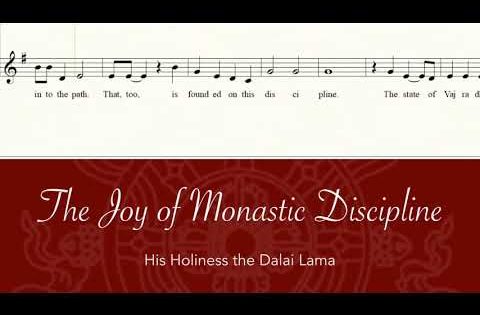
The joy of monastic discipline
Written by His Holiness the Dalai Lama, these verses pay tribute to the ethical discipline…
View Post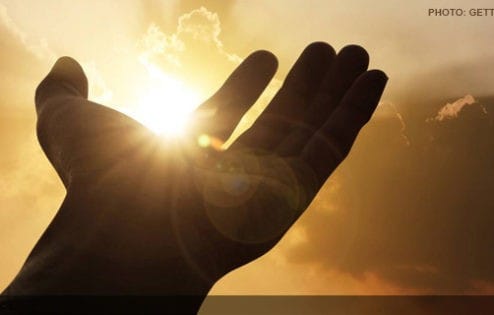
How to be a Buddhist in today’s world
His Holiness the Dalai Lama offers practical advice on putting our religious and spiritual values…
View Post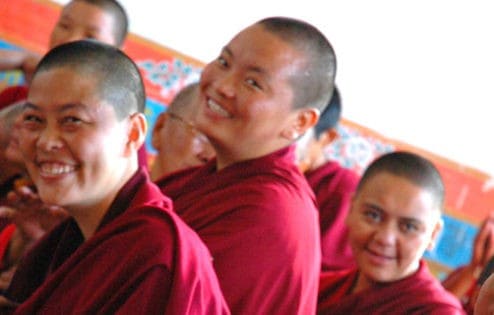
Geshemas and bhikshuni ordination
Statements made by His Holiness the Dalai Lama during the Jangchup Lamrim teachings regarding bhikshuni…
View Post
Origin and spread of the Buddha’s doctrine
An excerpt from "Buddhism: One Teacher, Many Traditions" exploring the similarities and differences within Buddhist…
View Post
Developing a good heart
His Holiness the Dalai Lama reflects on the importance of cultivating a compassionate motivation in…
View Post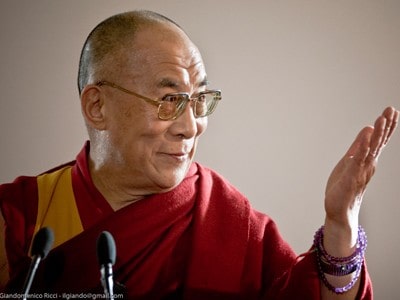
Women—part of the basis
HHDL about the importance of full ordination for women, the study of scriptures by women…
View Post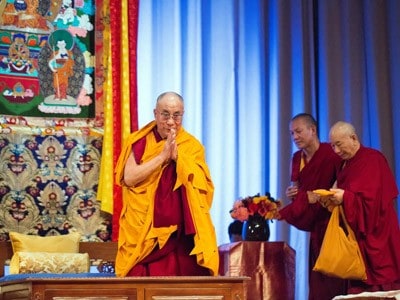
Bhikshuni ordination in the Tibetan tradition
Support of the establishment of bhikshuni ordination in the Tibetan tradition.
View Post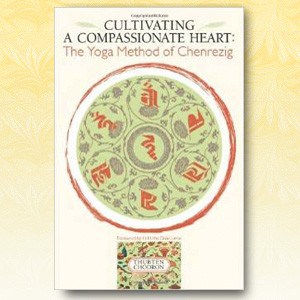
Awakening compassion
His Holiness the Dalai Lama's foreword to "Cultivating a Compassionate Heart," on how the Chenrezig…
View Post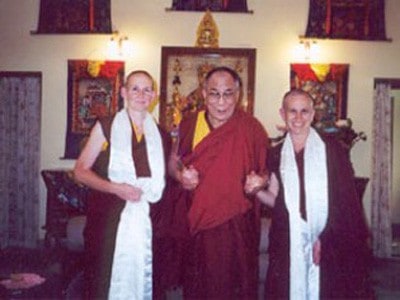
Making progress towards the development of bhikshuni...
Highlights the progress made within nunneries and seminaries for advancement of bhikshunis and geshe-mas.
View Post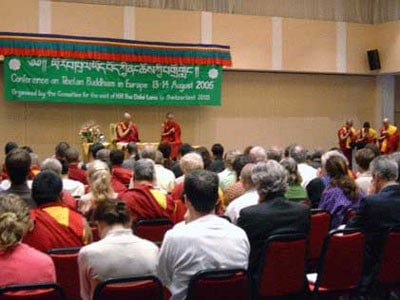
Establishing a direction for reviving bhikshuni ordi...
Highlighting the direction for reviving the bhikshuni vow and driving consensus amongst several Buddhist communities.
View Post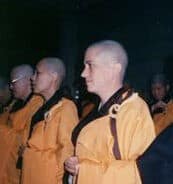
Suggesting a collaboration for the purpose of reachi...
Importance of discussion amongst various Buddhist communities to reform the rules for bhikshuni ordination.
View Post